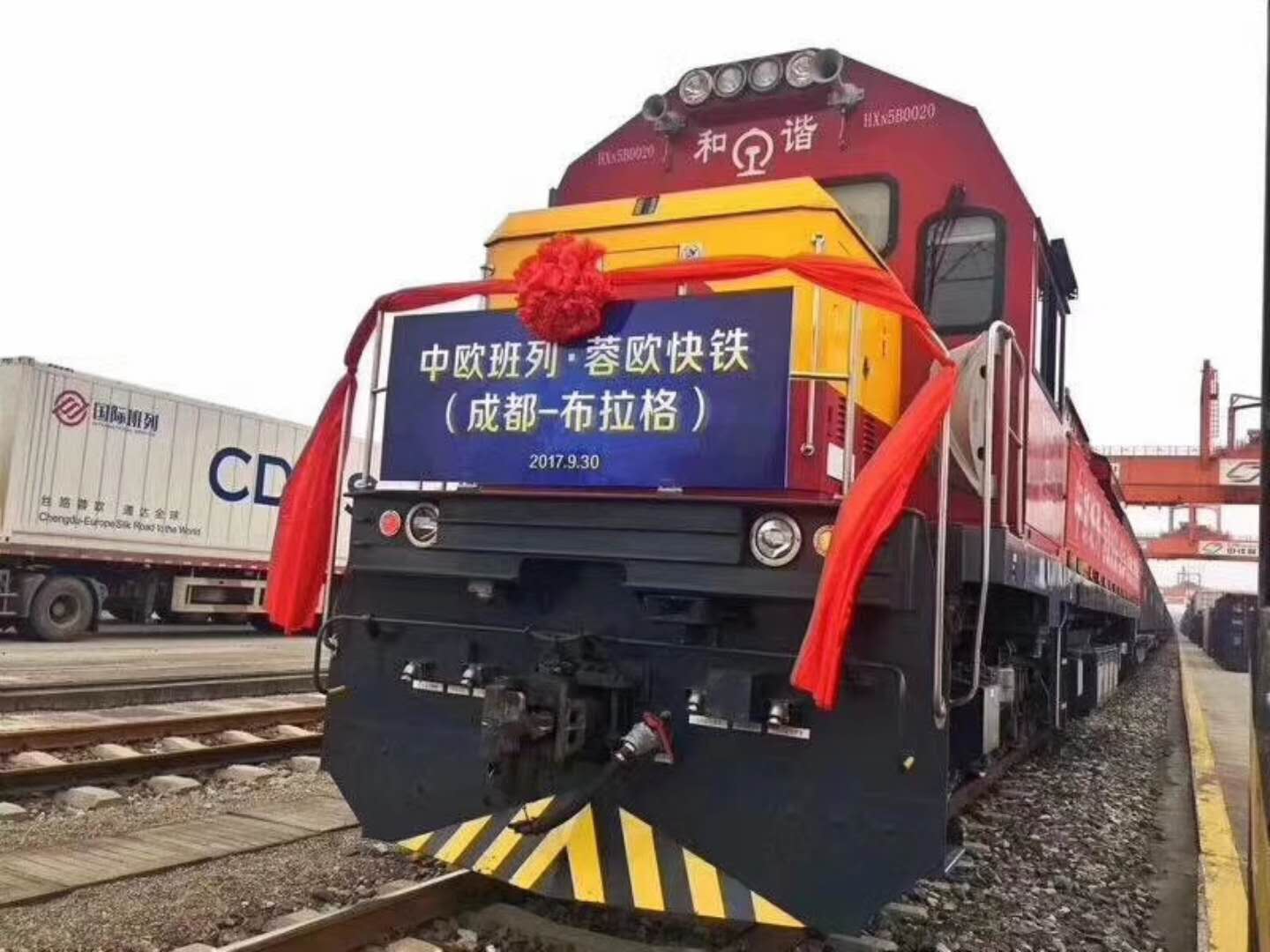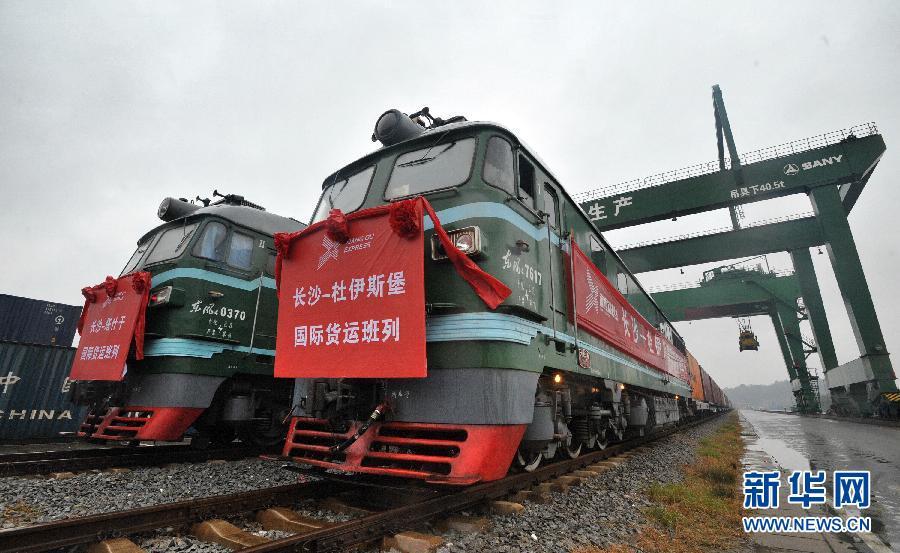China Europe Railway Line
With the advancement of the country's "One Belt, One Road" strategy, the China-Europe Southern Corridor will radiate strong vitality, drive the huge market of the Eurasian continent, and form an economic belt with great development potential between the Pacific Ocean, the Caspian Sea and the Black Sea. China Railway Corporation and China Railway Container Company will further optimize the railway transportation organization, strengthen the coordination of international railway transport organizations, and build a new railway transportation pattern that is compatible with the "Belt and Road" construction!

There will be more and more special trains from China to Europe. 21st Century Business Herald learned that in addition to Chengdu, Chongqing, Wuhan, Zhengzhou, Suzhou, Yiwu and other places having opened special freight trains to Europe, starting from mid-June, there will be one special train from Harbin to Europe every week. The cargo mainly transports complete automobiles and accessories. Cities speeding up freight trains to Europe are a microcosm of the accelerated trade development between China and the Belt and Road Initiative (Silk Road Economic Belt and 21st Century Maritime Silk Road).

More than 140 China-Europe freight trains are traveling across the Eurasian Continental Bridge in the cold winter at Alashankou Port in Xinjiang. An international train loaded with daily necessities and worth more than 700,000 US dollars arrived from Chengdu, exited through Alashankou Port, and headed west to six European countries including Poland, Ukraine, Hungary, Slovakia, Russia, and Germany. Statistics from Urumqi Customs show that as of press time, Urumqi Customs has supervised a total of 141 freight trains with 12,000 TEUs sent to Europe. The main goods are laptop computers, LCD monitors, clothing department stores, automobile spare parts, memories, etc. Among them, there are 94 Chongqing-Xinjiang-Europe special trains with more than 8,000 TEUs, 32 Chengdu-Europe special trains with more than 2,800 TEUs, and 15 Zhengzhou-Xinjiang-Europe special trains with more than 1,200 TEUs. Currently, international freight trains from mainland China leave the country through the Xinjiang port every week and travel on the Eurasian Continental Bridge. The Urumqi Customs stationed in Xinjiang makes full use of Xinjiang's location advantage as the bridgehead of the Eurasian Continental Bridge to the west, combines strict supervision with efficient services, actively promotes regional customs clearance cooperation, and implements the entire shipment, arrival and departure of China-Europe freight trains. Monitor, open a dedicated green channel, and implement 24-hour scheduled customs clearance for special train cargo sent to Europe, 365 days a year. At present, cargo customs clearance procedures have been implemented at any time, and all port customs clearance procedures are completed within 4 hours, minimizing the time for special train cargo at the port. Dwell time. The Eurasian Continental Bridge starts from China's Lianyungang, Rizhao and other eastern bridgehead groups in the east, passes through the Longhai and Lanzhou-Xinjiang lines and exits from the Alashankou port in Xinjiang, and leads to Europe in three routes in Central Asia. Special freight trains from China's inland cities to Europe, such as the Yuxinou, Rongou, and Zhengxinou, have opened up a safe, efficient, and low-cost logistics channel for high value-added electronic products and industrial products from China's central and western regions to be exported to Europe.

